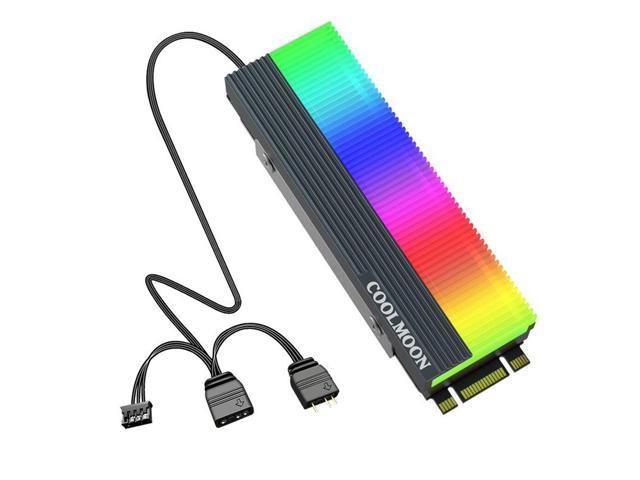Excerpt from Initial Results From the Pawnee Eddy Correlation System for Dry Acid Deposition Research
Depending upon climate and the ambient atmospheric environment, 8, N, and ozone may be deposited by either dry processes or by precipitation. This paper discusses only the dry deposition process.
At first glance measuring dry deposition might seem to be an easy task; for example, simply put out a bucket and measure what falls in when it is not raining. How ever, dry deposition measurements are not simple because the surfaces on which dry deposition occurs may themselves actively be removing the pollutant. Therefore, simple passive monitoring is not adequate for a full description of the dry deposition process. Some understanding of the nature of the underlying surface is also required.
The most accurate techniques for measuring dry deposition employ aerodynamic methods. Essentially these involve measuring how much pollution passes by a fixed level in the atmosphere. This procedure works best when the vegetation is uniform and the terrain is flat. The research reported on in this paper represents a test of the aerodynamic method known as eddy cor relation under circumstances where it is expected to work well.
Eventually, we plan to use eddy correlation to make dry deposition measurements in typical alpine and sub alpine ecosystems. These eddy correlation measure ments will then be used to confirm simpler technologies for routine measurements of the levels of S, N, and ozone present and depositing to forested lands.
About the Publisher
Forgotten Books publishes hundreds of thousands of rare and classic books. Find more at www.forgottenbooks.com
This book is a reproduction of an important historical work. Forgotten Books uses state-of-the-art technology to digitally reconstruct the work, preserving the original format whilst repairing imperfections present in the aged copy. In rare cases, an imperfection in the original, such as a blemish or missing page, may be replicated in our edition. We do, however, repair the vast majority of imperfections successfully; any imperfections that remain are intentionally left to preserve the state of such historical works.















